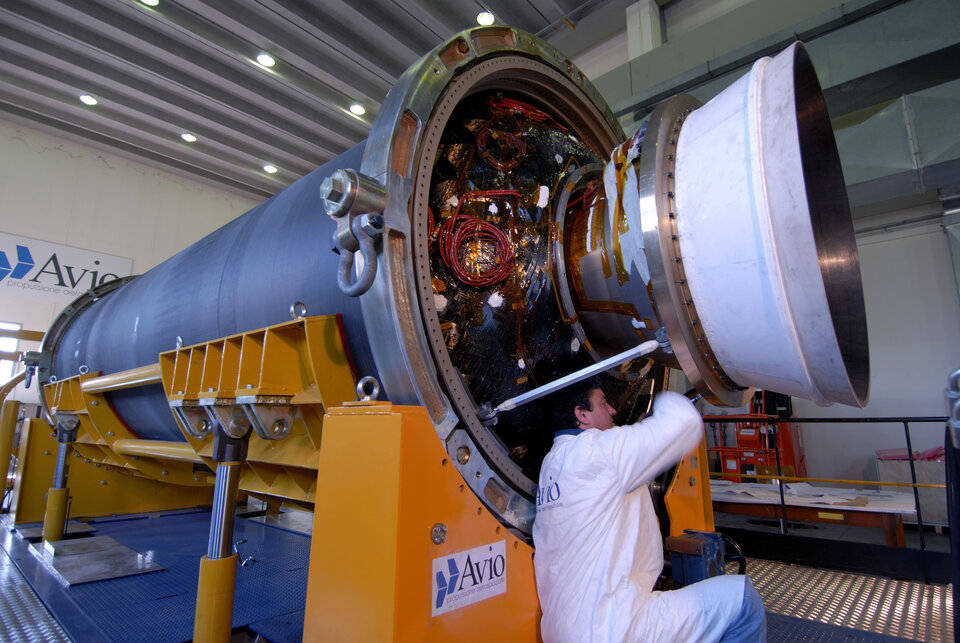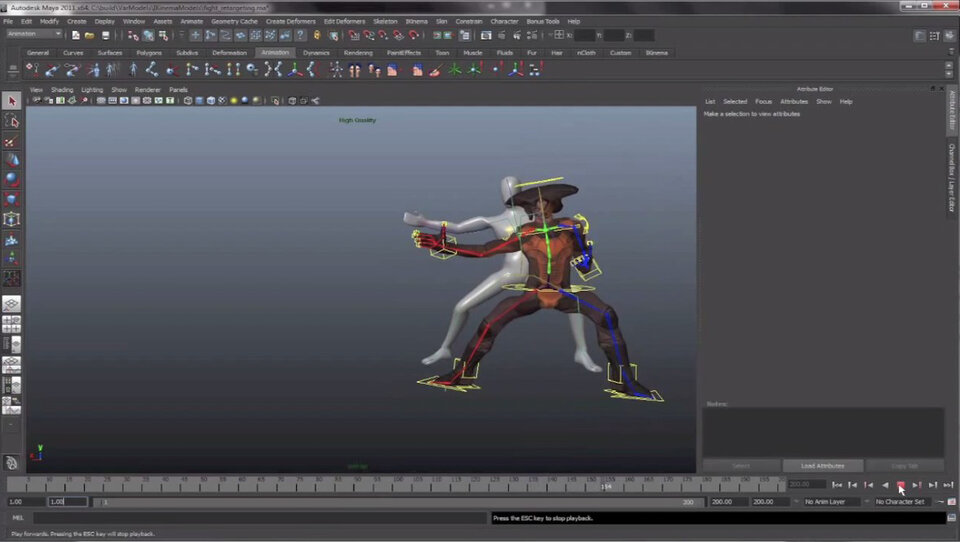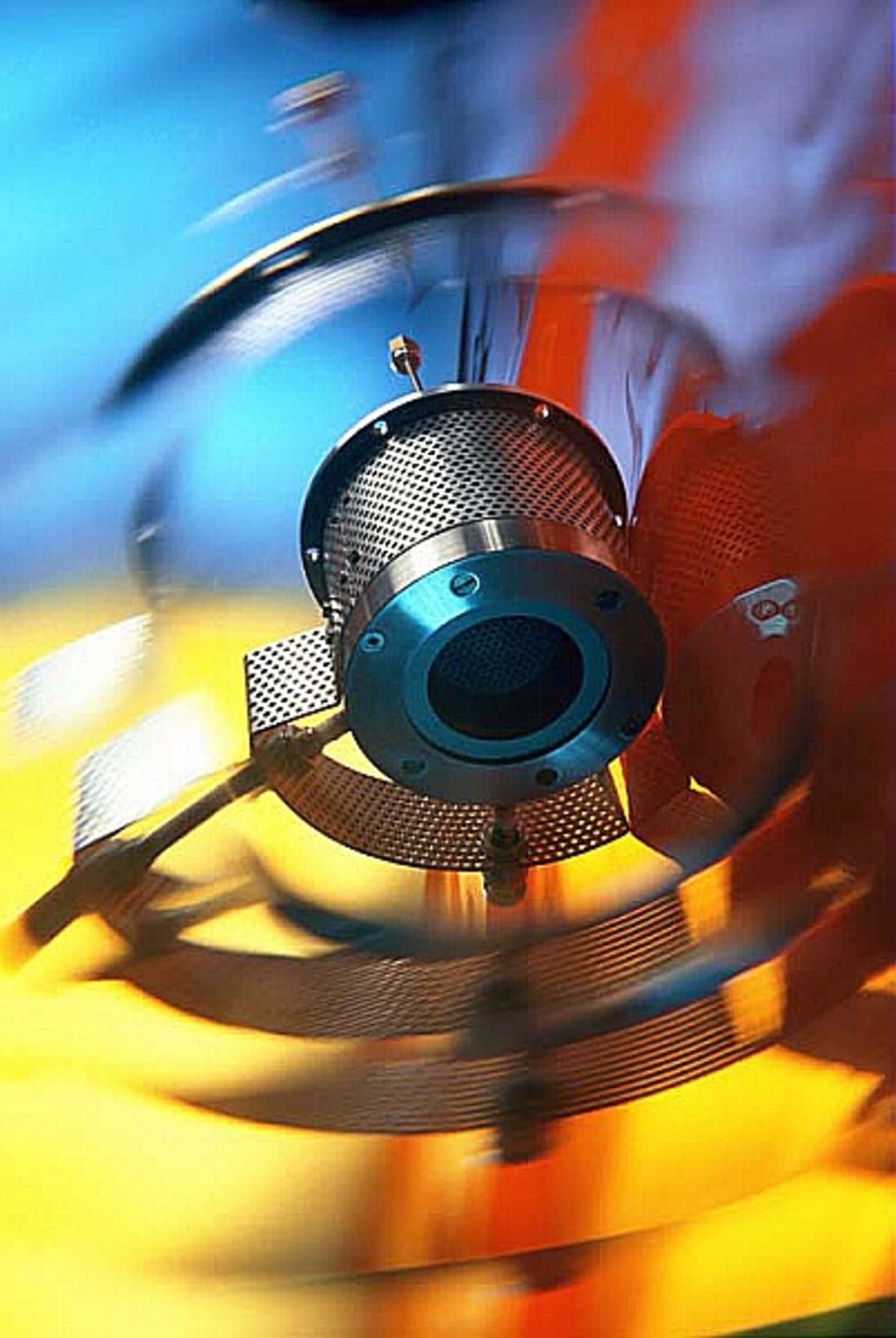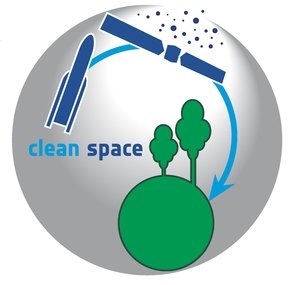Technology
Technology-based innovation is today widely recognised as a major source of wealth creation and competitive advantage. ESA's work on space technology brings a significant contribution to Europe's growth and employment; it provides indispensable enabling technologies and services for the knowledge society.
ESA’s technology programmes serve both to help define the Agency’s future technology needs and also eventually fulfil them. Innovative technologies open up new possibilities for space missions and applications.
Proposal to the Ministerial Council
Taking into account the objectives of enabling future missions, increasing industrial competitiveness, promoting innovation and ensuring non-dependence, it is proposed to strengthen technology development programmes. They will be coordinated with user and domain-specific programmes, and harmonised with national and other European programmes.
Further coordination will be achieved through four user-driven cross-cutting initiatives:
- Future Instrument Technologies: recommended by the scientific advisory committees in the Future Technology Advisory Panel, so as to join efforts, make the generic become the specific, and achieve more and faster
- Exploration technologies: showing together the roadmaps of developments needed in all technologies to implement the three-destination strategy of LEO, Moon and Mars
- Clean Space: aiming at converting a challenge into an opportunity for a competitive advantage, favouring development of green technology and preserving our work place, space
- Space and Energy: allowing space to benefit from synergies with a much more widely-established and wealthy partner, energy
Basic Technology Research Programme (TRP)
As the innovation factory of the European space sector, TRP needs to be strengthened. Under the basic mandatory activities of the Agency, the programme’s actual purchasing power will depend on the decisions made on the overall funding of the Level of Resources.
However, the preparation of the future will continue to be the priority of the programme and will combine the top-down mission-driven approach with the open bottom-up innovation triggering actions, such as the Innovation Triangle Initiative, StarTiger and spanning from technology to system.

General Systems and Technologies Programme (GSTP)
GSTP period 6 (2013-17) is proposed with the dual objective of serving ESA projects and European industry for all domains (except telecommunications) and all segments (space, ground, users).
A three-element structure and streamlined procedures similar to other ESA programmes and additional elements, decided by interested participants, such as small missions for in-orbit demonstration (IOD) of breakthrough concepts and approaches, are proposed:
- Element 1 will address the development to qualification TRL 6/7 phases. It will also include the feasibility/definition phases of in-orbit demonstration missions for breakthrough concepts and approaches, eventually implemented under dedicated Elements, responding to the wide interest in small missions.
- Element 2 will consist of a permanently open announcement of opportunity for developing products with emphasis on commercial markets and paying attention to gaps in the supply chain. Funding limits and co-funding arrangements will be updated so as to better tap the innovation potential of research institutions and SMEs, as GSTP is the programme with the largest SME share.
- Element 3 will broker in-orbit demonstration needs with flight opportunities.
- Element 4 is proposed as the first of these dedicated Elements for an IOD mission. It will carry out the development phases C/D/E of the Proba-3 mission that will demonstrate formation flying techniques and technologies.
The mechanisms of the programme, such as specific work area plans, will be used to address cross-cutting technologies and other initiatives, whereas collaborative activities can be used to support national or regional initiatives such as business incubation. GSTP will promote open innovation and support the product policy by establishing reference architectures, standard interfaces and building block specifications agreed by stakeholders, e.g. avionics and ground system software.
European Component Initiative- Technology non-Dependence (ECI-TnD)
ECI-TnD is proposed to ensure the non-dependence of Europe's space sector on non-European component suppliers for critical technologies, in particular Electrical, Electronic and Electromagnetic (EEE) components.
It includes a mandatory element for Research & Technology, an optional part under GSTP to cover gaps in the supply chain and develop the new products using the new components, and advanced procurement by prospective users.
The existing processes, through the European Space Component Coordination (ESCC) body and the EC-EDA-ESA Task Force, will be used to derive work plans, and coordination with national space agencies, the EC and EDA will be strengthened.
The ECI proposal covers the corresponding activities through a bridging phase with potential EU funding starting in 2015, the latter being respondent to the scope of Horizon 2020 and to priorities set by the EU.

Technology Transfer Programme (TTP)
TTP will strengthen technology transfer through brokerage, intellectual property rights (IPR) exploitation and business incubation.
Its actual resources will depend on decisions made at the Ministerial Council on the funding of the Level of Resources. With the objective of creating wealth and jobs and pursuing an ESA presence at regional and local level, new eligible Business Incubation Centres will be opened. A sustainable scheme is therefore proposed whereby the first years are supported by TTP, followed by an optional programme, such as GSTP, that will fund the space share of the next phases.









